JUNE - OCTOBER 2024 Join us for the 2024 Ashokan Watershed Conference! This year, the Ashokan Watershed Conference is …
Continue Reading about AWSMP Announces 2024 Ashokan Watershed Conference

JUNE - OCTOBER 2024 Join us for the 2024 Ashokan Watershed Conference! This year, the Ashokan Watershed Conference is …
Continue Reading about AWSMP Announces 2024 Ashokan Watershed Conference
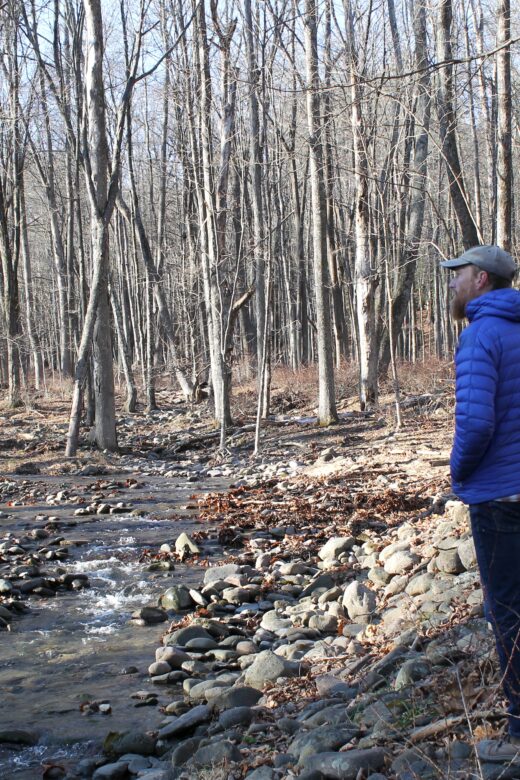
The Ashokan Watershed Stream Management Program is offering a free, two-day field geomorphology training to local stream managers …

Cornell Cooperative Extension of Ulster County (CCEUC) is seeking creative proposals from artists and art instructors for a …
Continue Reading about Request for Proposals – Plein Air Painting Artist/Instructor
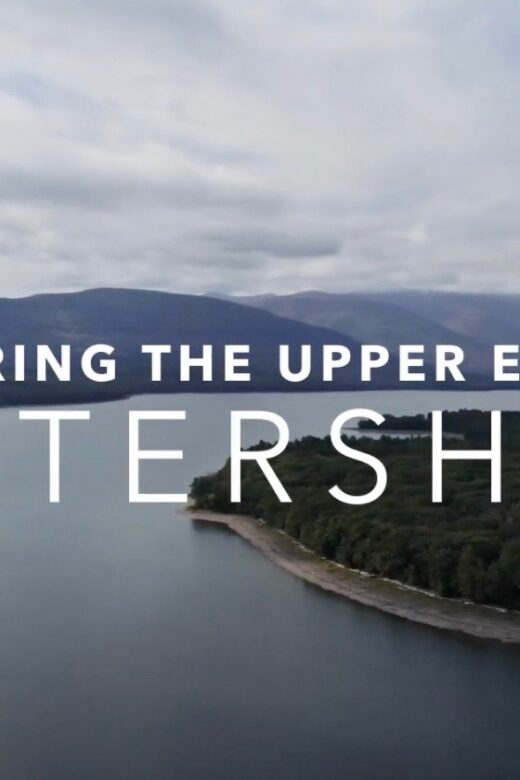
The Ashokan Watershed Stream Management Program invites you to attend the film premiere of Exploring the Upper Esopus Creek …
Continue Reading about Attend the Upper Esopus Creek Film Premiere
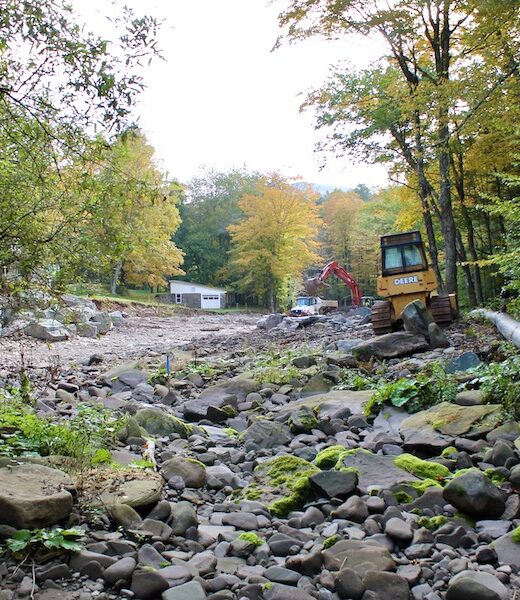
The Elk Bushkill stream restoration project is headed toward completion with construction in full swing. In-channel work will be …
Continue Reading about Elk Bushkill Stream Restoration Construction Update
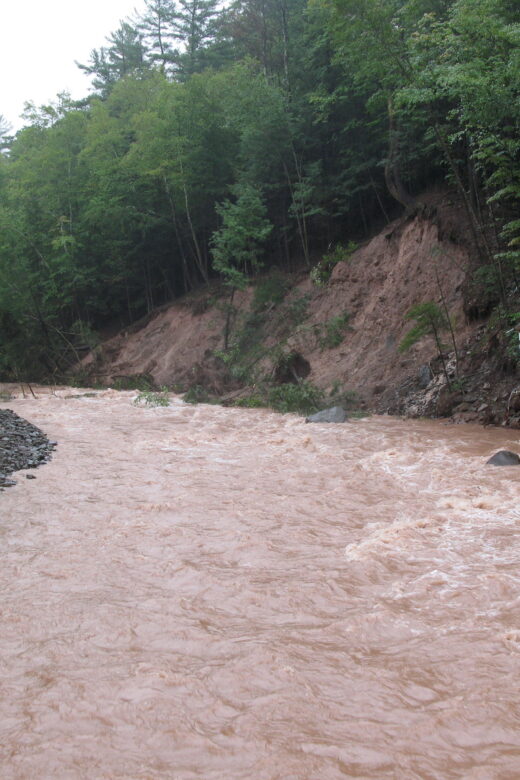
Is your town ready to respond to the next flood? Register now for a free two-day training on Post-Flood Emergency Stream …
Continue Reading about Post Flood Emergency Intervention Training
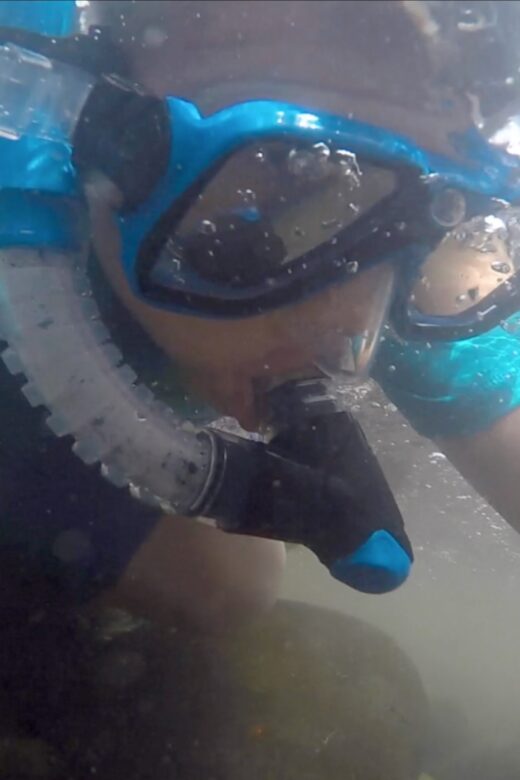
The Ashokan Watershed Stream Management Program is pleased to announce the return of one of its most popular summer activities: …
Continue Reading about Stream Snorkeling Returns this Summer!
Watershed residents and municipal officials are invited to attend the Ashokan Watershed Conference on July 28-29. Registration is …
Continue Reading about Join us for Ashokan Watershed Conference 2023
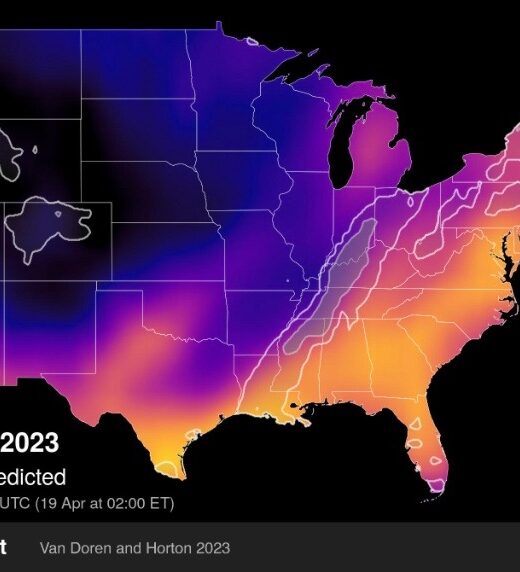
Prepare yourselves, our feathered friends are on the way! Grab your binoculars and head to a natural area, preferably one with a …
Continue Reading about Neotropical Birds are Returning to the Watershed
The Ashokan Watershed Stream Management Program is now accepting Stream Management Implementation Program …
